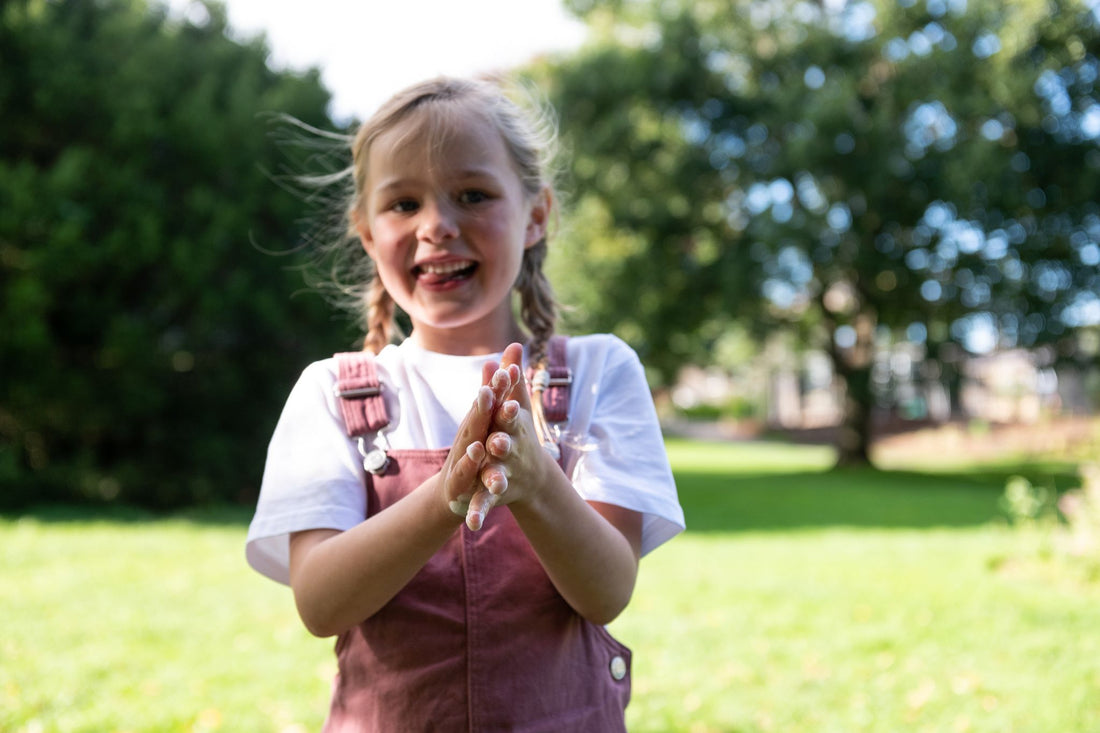Developed as a quick, convenient alternative to soap and water, sanitiser has indeed proven effective in reducing the spread of germs and viruses. However, as parents, we should also be aware of its potential effects on our children's delicate skin.
Alcohol-based sanitisers work by disrupting the protective outer proteins of germs and bacteria, effectively killing them off. The main active ingredient in these sanitisers is usually ethanol or isopropyl alcohol, typically at concentrations ranging from 60% to 95%. While these concentrations are excellent for disinfecting, they can also pose potential problems for sensitive skin, especially in children.
Skin Dryness and Irritation
The most common side effect of frequent sanitiser use is skin dryness and irritation. Alcohol is a drying agent, and its repeated application can strip away the skin's natural oils, leading to dryness, itching, and flaking. Children's skin is more sensitive and thinner than adults', making them more susceptible to these effects.
Allergic Reactions
Some children may also have allergic reactions to ingredients found in hand sanitisers. Besides alcohol, these products often contain additives like fragrances, preservatives, or thickeners that can cause contact dermatitis – a red, itchy rash that can be accompanied by blisters, cracking, or peeling.
Potential for Chemical Burns
In extreme cases, overuse of alcohol-based sanitisers can lead to chemical burns on the skin. These are not common, but there have been reported cases, particularly in children with pre-existing skin conditions like eczema, where the barrier function of their skin is already compromised.
Ensuring Safe Use of Hand Sanitisers
Despite these potential risks, it's important to remember that hand sanitisers play a critical role in preventing illness, particularly in situations where soap and water are not readily available. Here are some tips to ensure safer use in children:
Choose sanitisers wisely. Not all sanitisers are created equal. Look for products that are free of unnecessary additives, like fragrances and dyes, which can potentially cause irritation or allergic reactions. All Kindr sanitisers are toxin-free, contain 0% alcohol, ethanol or fragrance, but kill a higher percentage or germs and bacteria than the alternatives. The secret ingredient, Chlorhexidine, is safe on sensitive, eczemas prone and children's delicate skin.
Consult a dermatologist. If your child experiences severe dryness, redness, itching, or other symptoms of irritation, it's time to consult a dermatologist. They can provide advice on suitable products or prescribe treatments if necessary.

